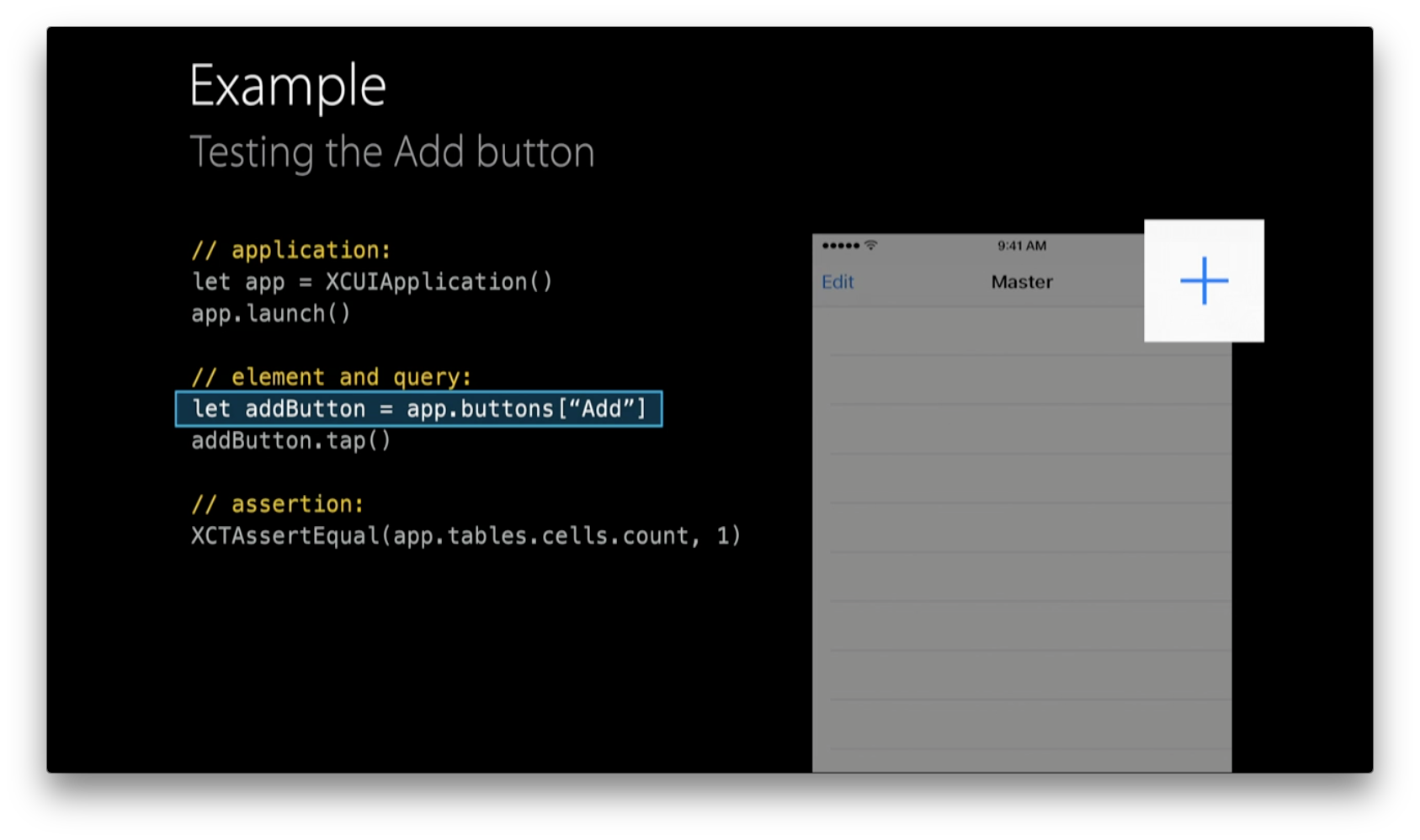
#Xcode simulator quit xcodes simulator#
You can open the simulator directly from the terminal window: At least for running it in the iOS simulator. We should also verify that the processed plist file is there, and its content is correct: $ cat ExampleApp.app/istĪt this point, we should have a valid. ✅ Copy _BuildTemp/ist to ExampleApp.app/ist This is the actual app bundle!īUNDLE_DIR=$ Set -e PROJECT_NAME=ExampleApp # The product of this script. #!/bin/bash # Exit this script immediately if any of the commands fails We need to define and create a set of folders we will be using during the building process. To make our life easier, we will hard-code all the details like the project name, source files, or build settings, directly into the build script. We will ignore the project file for the sake of this article.
#Xcode simulator quit xcodes how to#
This article is not about how to parse and retrieve this information from it. The complete “recipe” of how the app should be built is contained in its xcodeproj file. What is this post NOT about: Writing a complex and universal build system. What is this post about: Writing a non-reusable script that builds one concrete iOS project the simplest way possible. Is it possible to sign the resulting app? Or even deploy it to an actual iOS device? No matter how you’ve initiated it, the building itself is orchestrated by Xcode’s build system.Ĭan we replicate the building process and build the app “manually”, without Xcode’s build system? A very convenient thing for automating your processes, for example on your CI. It’s a set of tools which allows you to build Xcode projects directly from the terminal using the xcodebuildcommand.

You may have also heard about Xcode Command Line Tools. You go to the Product menu and select Build, or you use the ⌘B keyboard shortcut. As an iOS developer, you’re certainly familiar with how to build a project using Xcode. And that target alone is not sufficient building for previews fails with the error “multiple configured targets of 'MyPackage_MyModule' are being created for macOS”.Īpple feedback report FB10114642 includes a video demonstrating the problem, in case anyone at Apple wants to investigate.A build system, despite its scary-sounding name, is just a regular program, which knows how to build other programs. The only target available to add to its build phase is MyLibrary.
But if I create a scheme manually, I cannot add all three of these targets to its build phase. I can build for previews successfully with this scheme.

What I found was that an auto-created build scheme works, but the auto-created scheme contains three build targets:


 0 kommentar(er)
0 kommentar(er)
